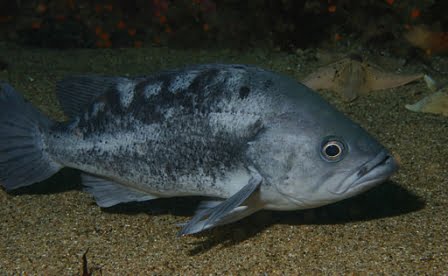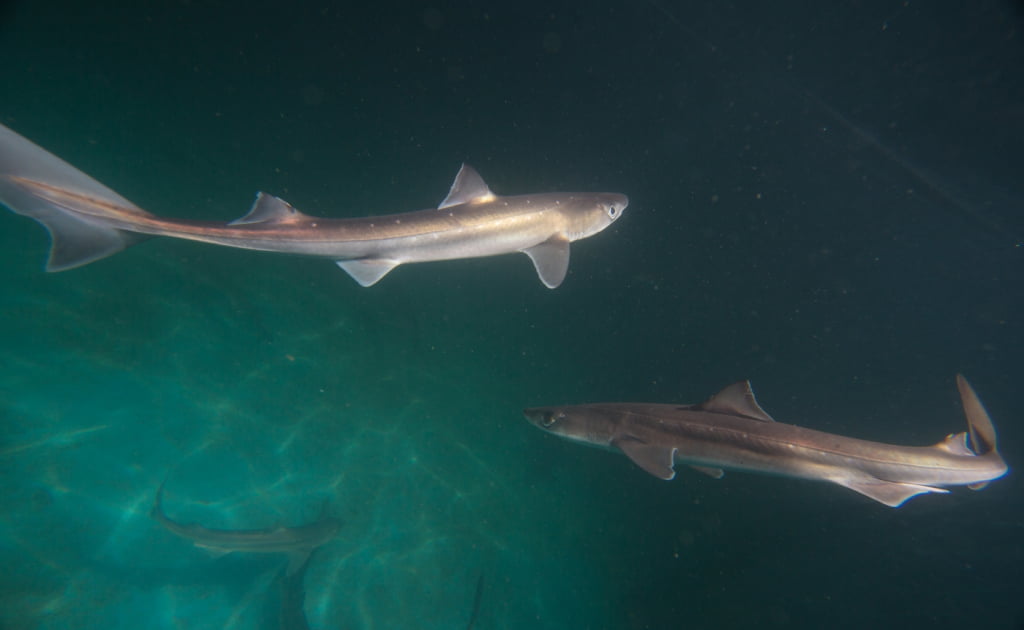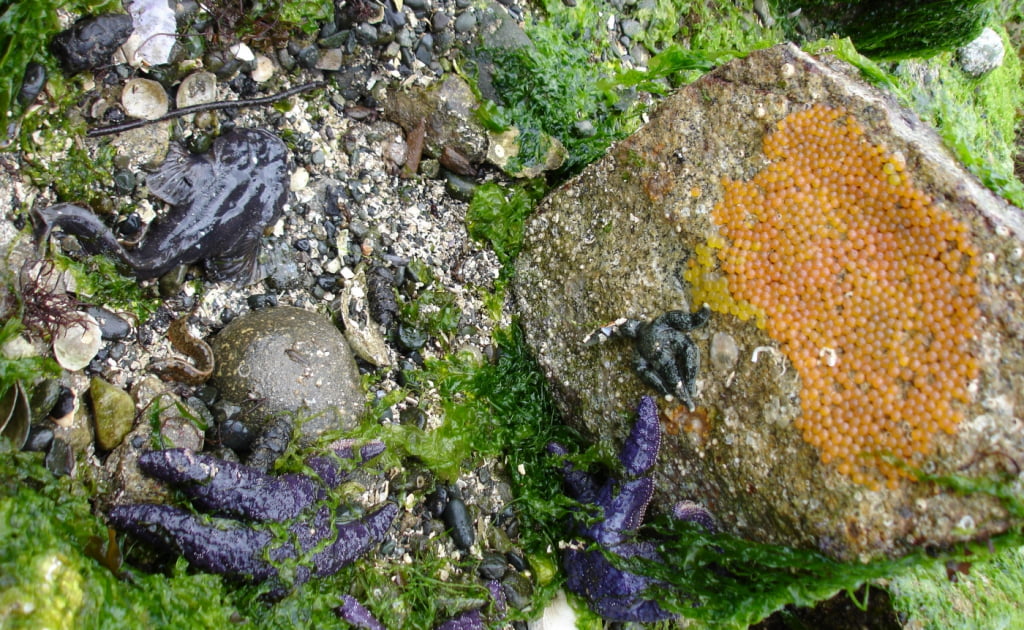Our 2012 Science Diving class was part of the field crew to assist with Dr. Levitan’s research.


Our 2012 Science Diving class was part of the field crew to assist with Dr. Levitan’s research.

This new study, published online today, is the result of data collected by our undergraduate students as part of their field course, Coastal Community Ecology.

Two recent studies published in MEPS give new insight into rockfish population dynamics in Barkley Sound with 7 years of survey data.

Research conducted at the Fluid Dynamics Lab at BMSC contributes to marine hydrokinetic turbine technology.

Asymmetrical gain and loss of barnacle feeding appendages, in terms of ease or time lag of development, identifies a new cost associated with developmentally plastic change.

This study documents the discovery of a novel control pathway to increase heart rate, and is the first to report a chordate heart implicating HCO3 stimulation of intracellular sAC to produce cAMP and stimulate the spontaneous heartbeat.

Spiny dogfish actively uptake toxic ammonia across their gills, convert to valuable urea, which is then used for osmoregulation and supplement dietary nitrogen for protein growth.

John L. Fitzpatrick (Stockholm University) and authors describe how female mate choice can potentially influence sperm competition risk and shape investment patterns in males between and within male reproductive tactics.

University of Calgary researchers test the hypothesis that stickleback populations inhabiting differing freshwater environments display cranial phenotypes that are intermediate between the ancestral marine form and the low-plated freshwater populations.

“Sharks modulate their escape behavior in response to predator size, speed and approach orientation”. Scott Seamone, Tristan Blaine, and Timothy E. Higham.